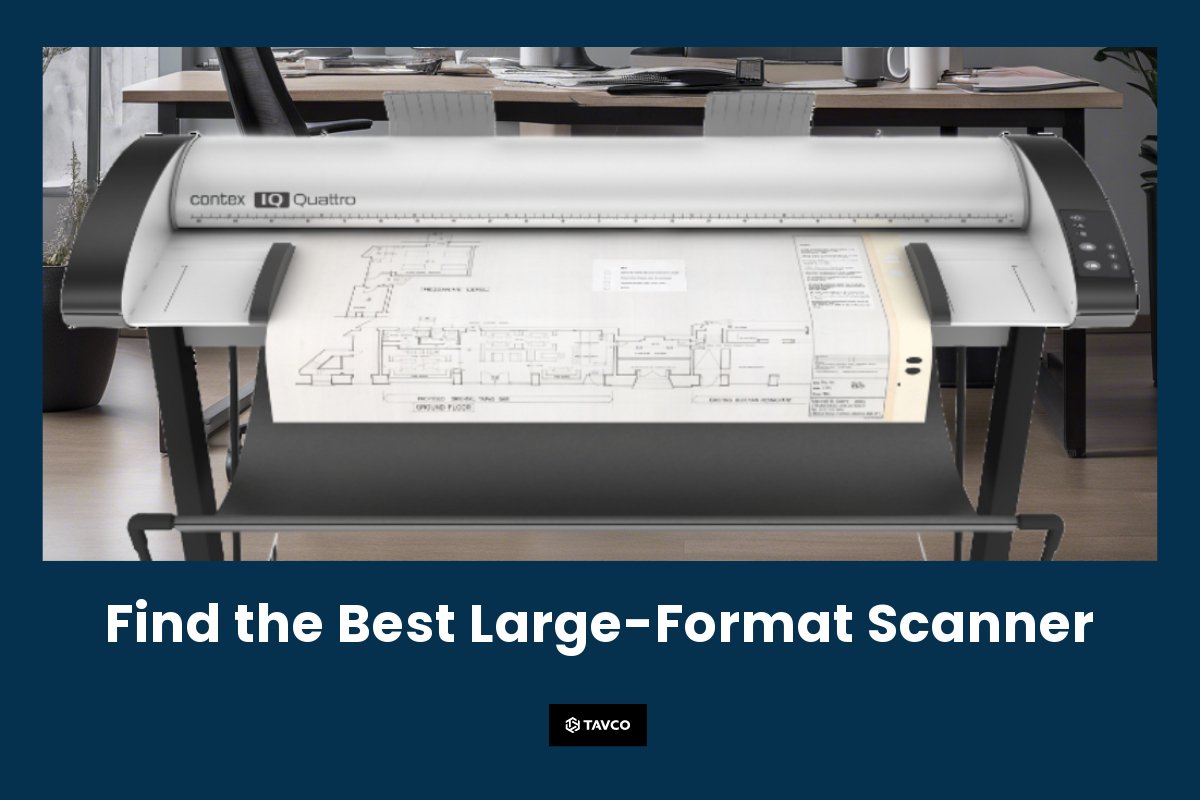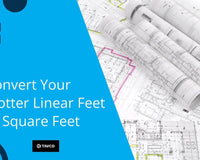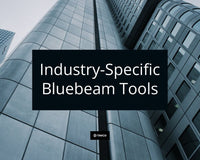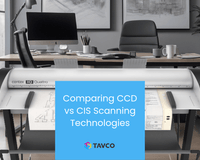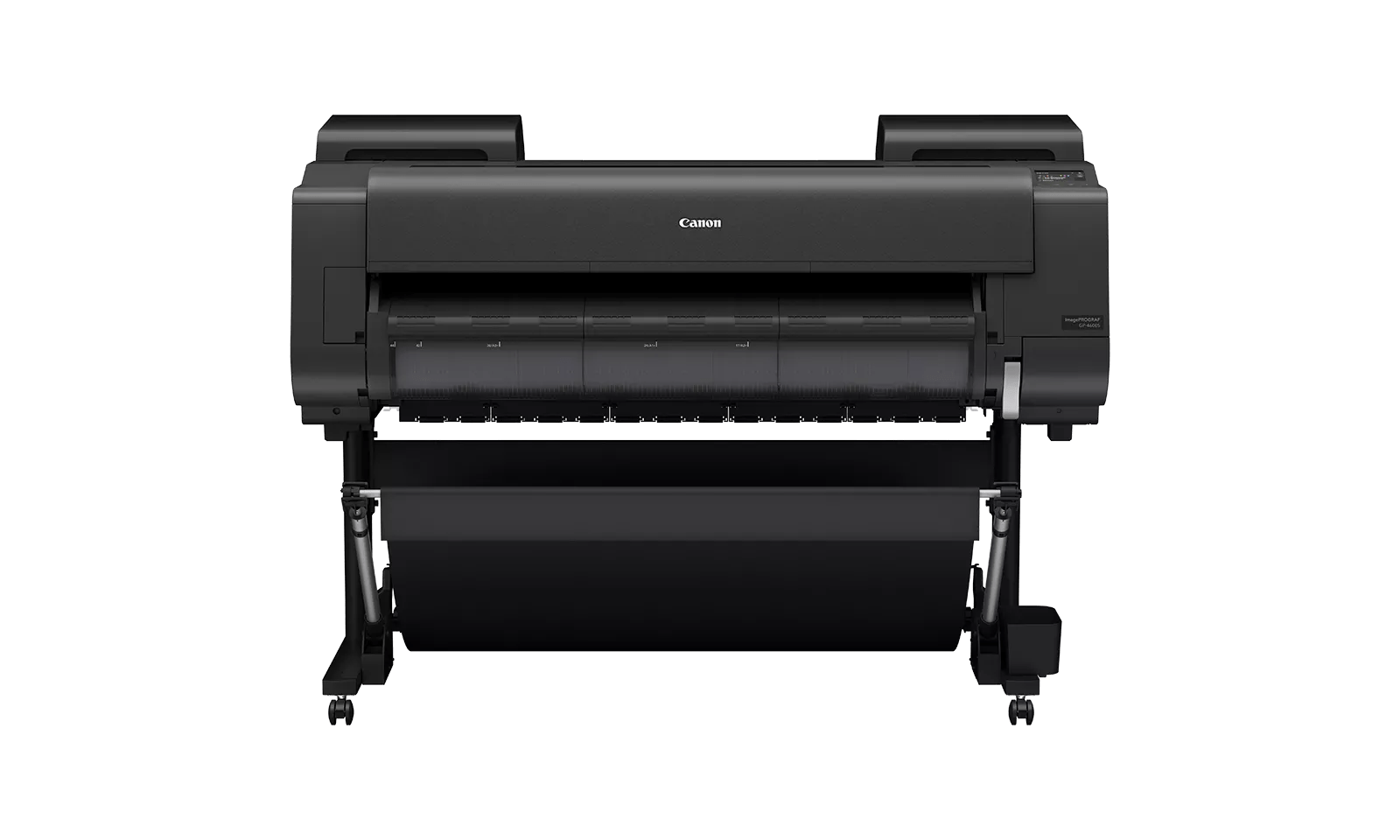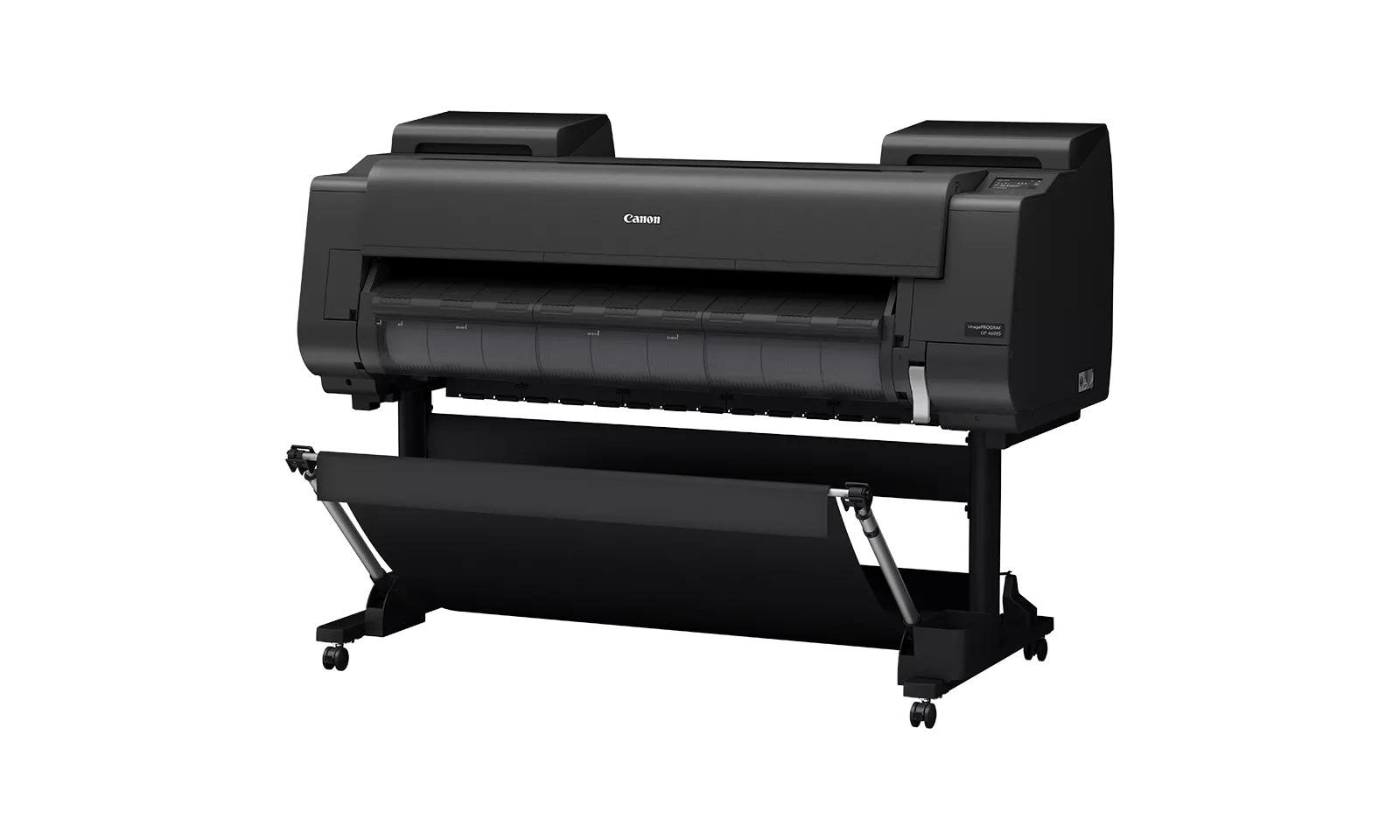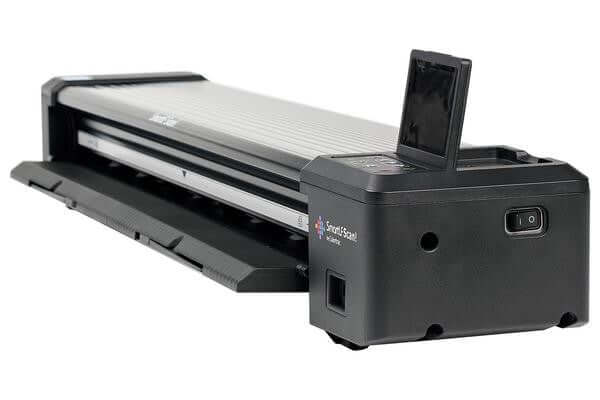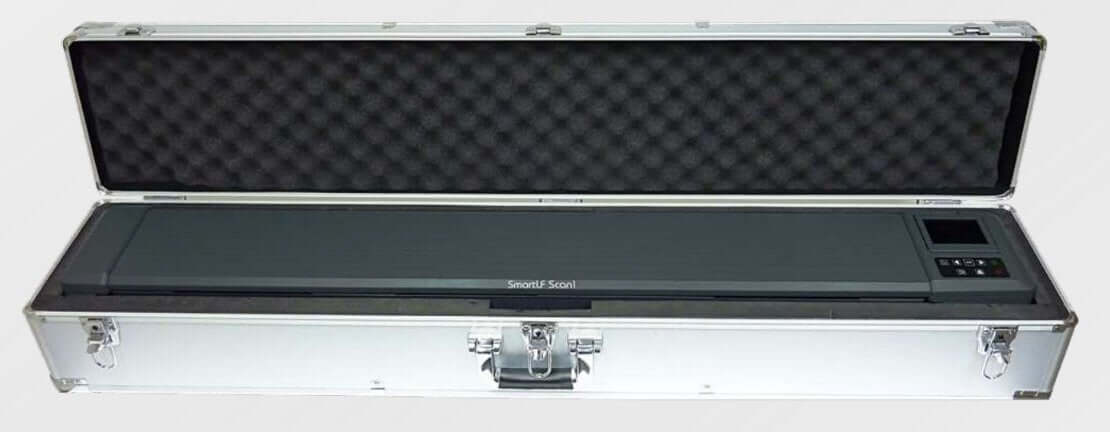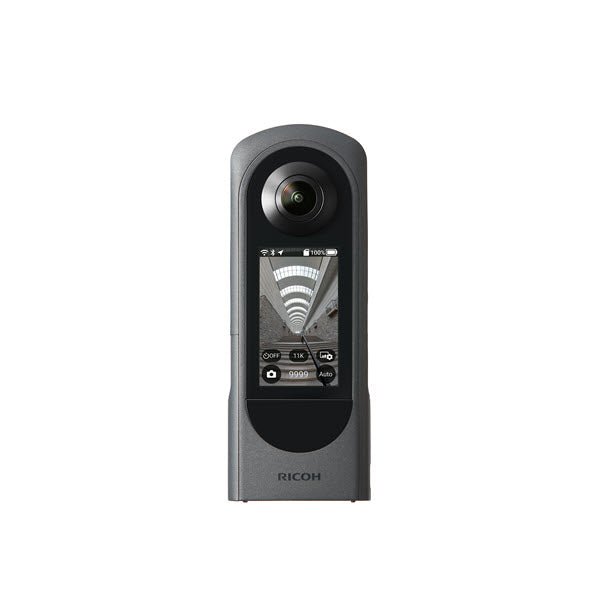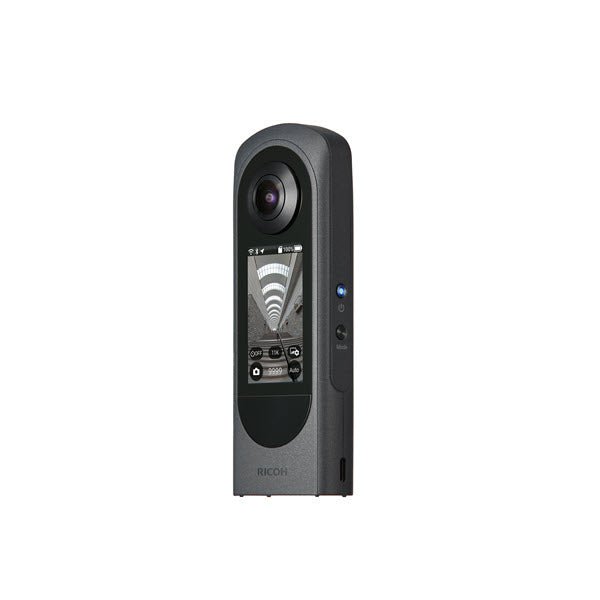TL;DR - Choosing the Right Large-Format Scanner
- Large-format scanners are crucial for industries like AEC, fine arts, and graphic design.
- CCD scanners: Offer high resolution and superior color for photos, art, and textured media.
- CIS scanners: Affordable and compact, ideal for technical drawings and flat documents.
- Key factors to consider: Document type, condition, scanner size, usage frequency, and media thickness.
- Popular options: 36-inch scanners for AEC firms and CCD models for artists.
Use TAVCO's AI-powered tool to get personalized scanner recommendations quickly.
Large-format scanning is more important than ever for industries like AEC, fine arts, and graphic design, and digital workflows are transforming document management. But with so many scanner options and varying requirements, finding the right one can feel overwhelming.
This guide breaks down the essential factors to consider and introduces you to TAVCO's AI-powered scanner selector tool, making it easy to find the perfect large-format scanner for your needs.
Why Large-Format Scanners Matter
Large-format scanners are vital in digitizing oversized documents, blueprints, artwork, and other large materials. With the transition toward digital workflows, the need to scan old documents, maps, and drawings for archiving, sharing, or editing has grown significantly.

Pictured: Contex SD One+ 24-inch CIS Scanner
Whether you need to convert physical documents into digital files for long-term storage or share high-quality scans with clients, choosing the suitable scanner can make a big difference in your results.
Understanding Scanning Technologies: CCD vs. CIS
When selecting a large-format scanner, one of the first decisions you’ll encounter is choosing between two primary scanning technologies: Charged-Coupled Device (CCD) and Contact Image Sensor (CIS). Each has unique characteristics that make them suitable for different applications.
CCD Technology Scanners
CCD scanners utilize an actual lens to focus the image onto the imaging sensor, similar to legacy digital cameras. This approach captures high-resolution details, offers a wider color gamut, and delivers exceptional image quality. It’s ideal for scanning applications where fine detail and color fidelity are critical, such as:
- Photographs, artwork, and fine art reproductions
- Maps, older documents, and thick media

Pictured: Contex HD Ultra X CCD technology scanner
Advantages of CCD Scanners:
- Superior color fidelity with up to 48-bit color depth
- Greater flexibility for scanning various document types, including thick and textured originals
- Enhanced image quality with a higher signal-to-noise ratio due to sophisticated optics
Disadvantages of CCD Scanners:
- Higher initial cost and more prominent form factor
- It may require digital stitching of multiple image fields
- More complex technology that can be fragile
CIS Technology Scanners
Contact Image Sensor (CIS) scanners use thin fiber optic lenses to transfer the image onto a sensor array. This technology is generally more affordable and compact than CCD scanners, making it a popular choice for organizations with limited budgets or space.
Advantages of CIS Scanners:
- Lower cost and smaller footprint
- Higher optical resolution and minimal lens distortion
- Reduced maintenance due to fewer moving parts
Disadvantages of CIS Scanners:
- Limited depth of field; struggles with fold marks or thick media
- Narrower color range, making it less suitable for detailed color-scanning tasks
Key Factors to Consider When Choosing a Large-Format Scanner
Now that you understand the differences between CCD and CIS, consider these essential factors to narrow down the suitable scanner for your needs:
What Are You Scanning?
Technical drawings, blueprints, or line art: Opt for a CIS scanner, which is cost-effective and provides excellent detail for flat documents.
Photographs, artwork, or maps: Choose a CCD scanner for its superior color depth and ability to handle textured media.
Document Condition
New, crisp documents: Almost any scanner will produce good results.
Older, faded, or marked documents: A CCD scanner can better enhance details and minimize imperfections with advanced scanning software.
Scanner Size Requirements
Large-format scanners come in various sizes, typically 24-inch, 36-inch, and 42-inch models. A 36-inch wide scanner is versatile enough for most standard architectural and engineering documents, while larger models may be needed for specialized projects.
Frequency of Use
Intermittent use: Consider models with quick start-up features and LED lighting for energy efficiency.
Constant use in a production environment: Look for scanners with high-speed capabilities and robust construction to handle continuous operation.
Specific Requirements for Thick or Delicate Media
If your projects often involve scanning mounted originals or thick media, a CCD scanner is the better choice because it can maintain quality on uneven surfaces.
Popular Large-Format Scanners and Use Cases
Here’s a quick look at some popular large-format scanners to consider:
36-Inch-Wide Scanners
Best for: Engineering firms, architectural offices, and construction companies.
Benefits: Can handle standard and oversized documents; versatile for most applications.
Large-format scanners for Fine Art and Photography
Best for: Artists, museums, and graphic designers.
Benefits: CCD models offer superior color accuracy, making them ideal for capturing intricate artwork and detailed photographs.
Summing Up Wide Format Scanners
Selecting a suitable large-format scanner is about understanding your needs, capturing technical drawings or digitizing historical maps. By considering the scanning technology (CCD vs. CIS), document type, usage frequency, and media characteristics, you can make an informed decision that balances quality and cost.

